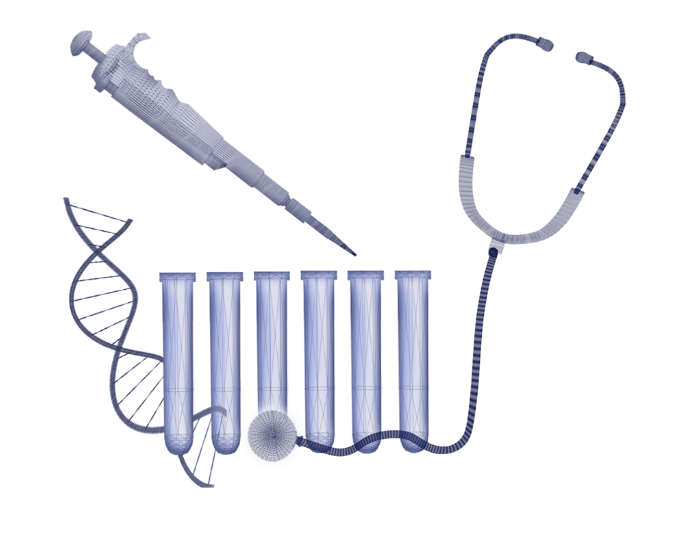Navigating TGA Pathways for Prescription Medicines in Australia: A Brief Overview
Successfully registering a new prescription medicine in Australia requires a deep understanding of the Therapeutic Goods Administration (TGA) approval process. Whether you are bringing a novel treatment to market or submitting a generic version of an existing therapy, choosing the right pathway is essential. Below is a streamlined overview of the primary TGA pathways in Australia to help you develop an effective regulatory strategy for the Australian market.
1. Standard Pathway
Is the traditional route for registering prescription medicines in Australia, irrespective of whether your medicine is a new chemical or biological-derived medicine, a biosimilar medicine, or a generic medicine. While it might take longer than some of the expedited options, it remains a robust and thorough process, and at times, remains the only applicable pathway suitable for many prescription medicines.
Key features:
- Comprehensive TGA evaluation of quality, safety, and efficacy data
- Two-phased process: application screening followed by evaluation
- Legislated evaluation timeframe: 255 working days
This is the standard route for TGA prescription medicine approval, providing a structured evaluation to ensure safety and effectiveness in the Australian healthcare system.
2. Provisional determination (fast track) pathway
Allows for early access to promising medicines based on preliminary evidence of efficacy, with further data required post-registration to convert the provisional registration to full registration. This TGA pathway is suitable for novel therapies showing early promise in treating serious conditions with limited treatment options.
Key features:
- Evaluation based on preliminary evidence of significant benefit for a major therapeutic advance
- Registration is conditional or “provisional”, with a second application required to convert to full registration
- Provisional registration is valid for two years with extensions up to six years
- Eligibility criteria apply, with confirmation through a “designation” application
- Target TGA evaluation timeline: 220 working days
This is one of the accelerated TGA pathways Australia offers to provide early access to qualifying new medicines.
3. Priority review (fast track) pathway
Accelerates the TGA evaluation process for medicines that address significant unmet medical needs
Key features:
- Faster evaluation time frame
- Requires evidence that the medicine provides a major therapeutic advance
- Eligibility criteria apply, with confirmation through a “designation” application prior to lodging the registration
- Target TGA evaluation time: 150 working days
This is the second accelerated TGA pathway for prescription medicine regulation in Australia.
4. Comparable overseas regulators (COR)
Expedites TGA evaluation time frames by using completed assessment reports from recognised overseas regulatory agencies under relevant TGA pathways.
Key features:
- Work sharing and information exchange across regulatory agencies
- Potential for coordinated approvals in multiple markets
- Eligibility criteria apply and a checklist must be included with the application
This process helps streamline prescription medicine registration TGA, for medicines already approved by at least one recognised international authority.
5. ACCESS pathway
Enables simultaneous evaluation across multiple countries, streamlining the approval pathway.
Key features:
- The Access consortium includes Australia, Canada, Singapore, Switzerland, and the United Kingdom, with work sharing and information exchange among these regulatory agencies
Potential for coordinated approvals in these regions
ACCESS supports faster and more efficient drug approvals and is becoming a key part of the TGA approval process in Australia, particularly for multinational sponsors entering several markets in parallel.
6. Project Orbis
Specifically designed for innovative oncology medicines, this process is part of the TGA pathways and facilitates concurrent review and approval across participating regulatory authorities.
Key features:
- Expedited TGA review for cancer treatments, collaboration between TGA, USA FDA, Health Canada, and other regulators
- Potential for simultaneous multi-regional approvals
Project Orbis is a potential TGA pathway for organisations with an oncology product portfolio considering Australia as a potential market.
Complementary strategies to consider
In addition to selecting the most appropriate TGA pathway for your prescription medicine, other regulatory strategies are also worth assessing:
Orphan drug designation
- Offers fee waivers for treatments for rare diseases
- Eligibility criteria apply, with eligibility being confirmed through a “designation” application prior to lodging the registration application being lodged under the priority review pathway
Literature-based submissions
- worth considering for well established medicines with extensive published data
- reduces the need for sponsor conducted clinical or non clinical trials
Hybrid (mixed) applications
For applications where some but not all clinical or non clinical data is implemented with literature, making the right choice factors to consider
Making the Right Choice: Factors to Consider
When selecting a TGA pathway, consider the following:
- Your product’s stage of development
- The strength and completeness of your clinical data
- The urgency of patient need for your medicine
- Your global regulatory strategy
- Available resources and timelines
- The competitive landscape in your therapeutic area
Expert guidance for navigating TGA pathways
At Enimera RegsPlus, we understand that choosing the right TGA pathway is a critical decision which can impact patient access to your medicine, and also your medicine’s success in the Australian market. Our team possesses extensive experience across TGA pathways to guide you through the key considerations in developing your TGA regulatory strategy.
Get in touch with today to schedule a strategy call and take the first step towards successful TGA registration of your prescription medicine.






